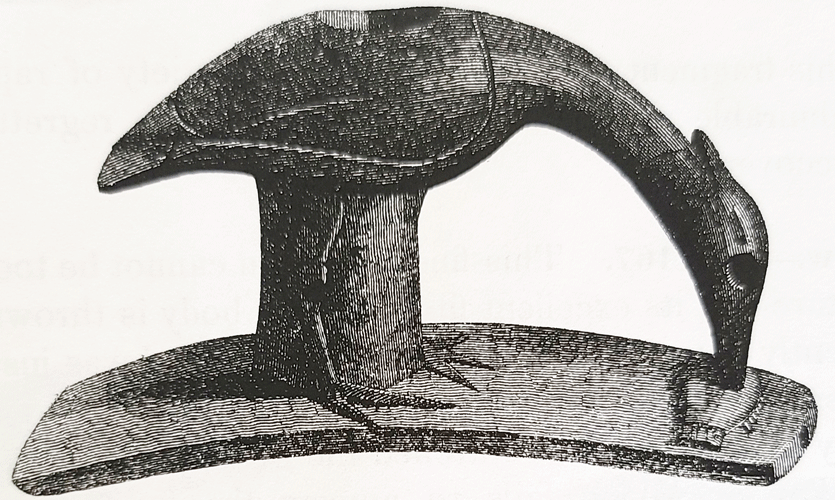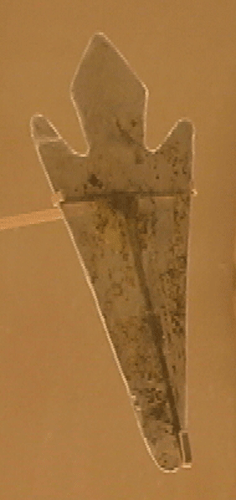|
Where did the earliest humans to arrive in the Americas come from? Most scholars have believed they came from Siberia, but some now believe early Americans might have also come from Europe.
How early, or how far back in time, did these humans arrive? Archaeologists are coming into raucous consensus that humans reached southern Chile by 14,500 years ago. How long did it take them to move from northern North America to southern South America?
We are not offering this to answer all the mysteries, but to open them up to you, and to offer artifacts for your perusal and cogitation.
Let's start, as we like to do, 10,000 years ago. There is no debate that humans were already on the stage by 10,000 years ago, in the landscapes of the Americas. It is notable that, about that time, something caused the extinction of many large mammal species, within what we call the continents of the Americas, their homes for many millenia before our arrival.
|
|
It is known that paleo (old) indians set fires to herd game, clear landscapes to make them more favorable hunting grounds, and perhaps even to reduce insect populations. How dramatically did such human usage of fire change ecosystems and weather patterns?
Is it possible that human-set fires were partly responsible for global warming that caused the end of the last ice age? Is it possible that the fires contributed to the massive mammal extinctions?
Were the massive mammal extinctions of 10,000 years ago caused by early human hunters, or perhaps by diseases brought to the Americas by the humans or their canine companions?
Unfortunately we don't yet have answers to any of the questions raised in this article thus far. As a result, let's begin our journey 10,000 years ago, when the human experience in the Americas begins to come into sharper focus.
10,000 years ago the last ice age is ending, and water formerly locked frozen in glacial ice is now fluidly creeping up shorelines all around the Americas. 200 feet of shoreline that the first Americans called home for several thousand years, is now beneath the waves of the Atlantic and Pacific oceans.
What are the humans up to now? In order to answer this question we will follow the trail of one particular human culture in North American, staying glued to it's footprints like detectives, as it evolved from 10,000 years ago and 1000 years ago.

Hopewell pipe smokers faced animal effigy pipe bowls.
The artisan who produced this figure pipe in soapstone had the same size cerebral cortex as you do. The cerebral cortex is the brain's higher reasoning room and the location of massive memory banks.
The full size brains of these early humans were useful for storing lengthy stories, and perhaps songs, that transmitted from generation to generation the collected knowledge of humanity.
|


